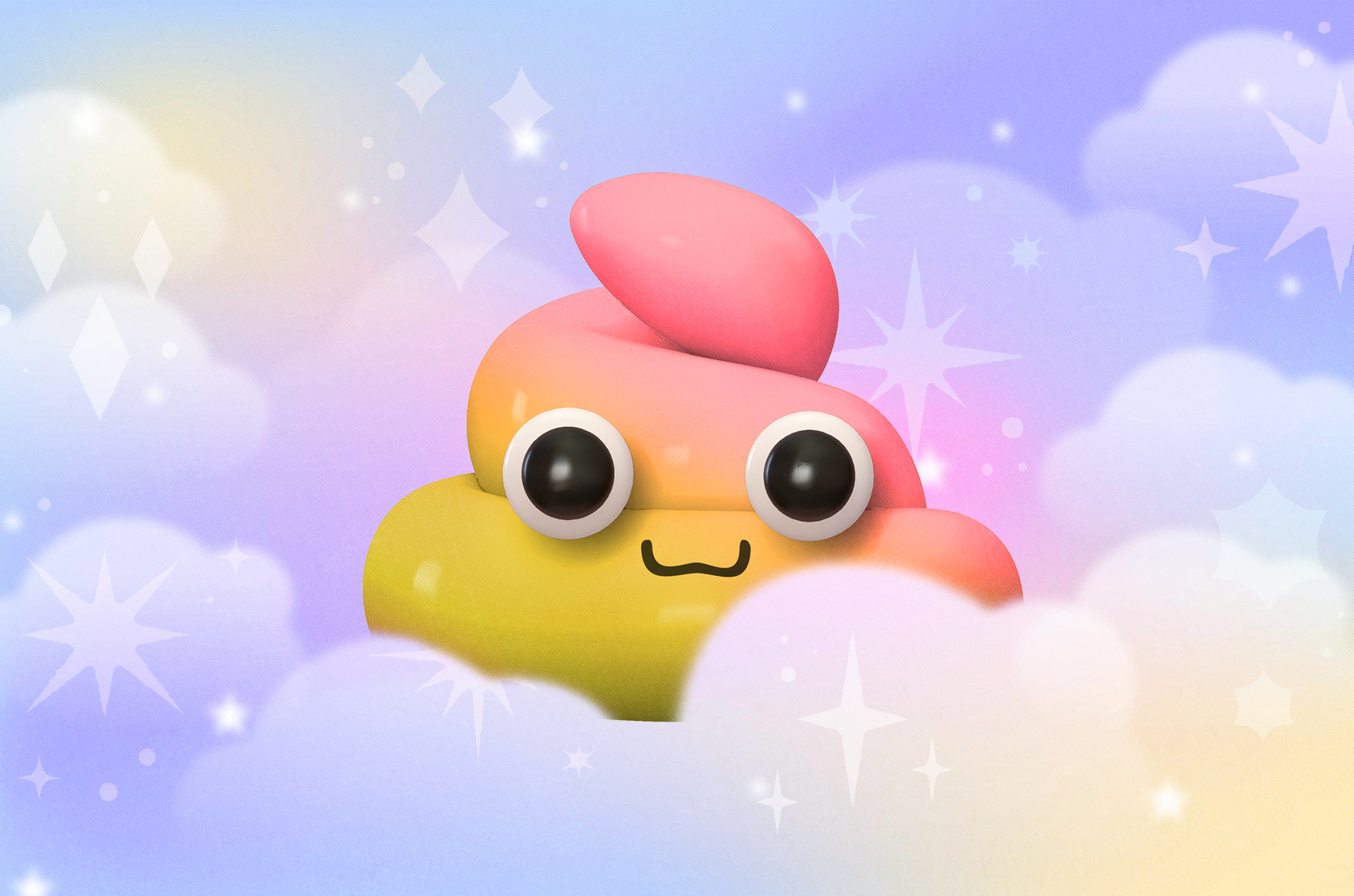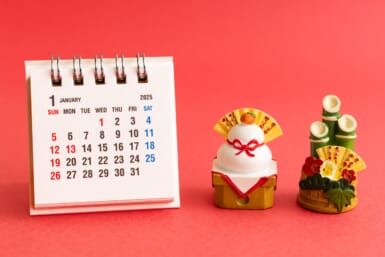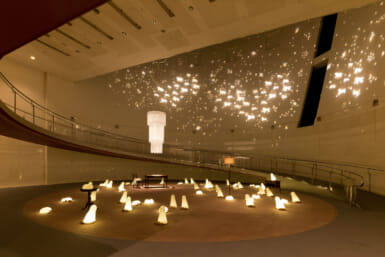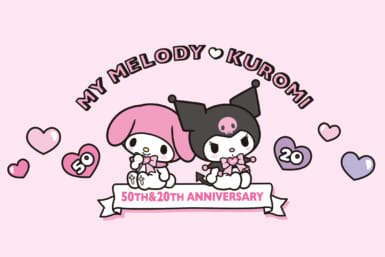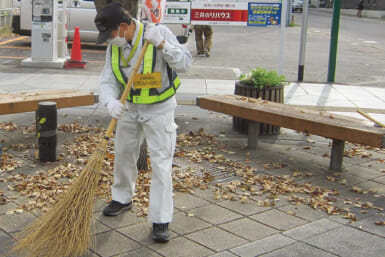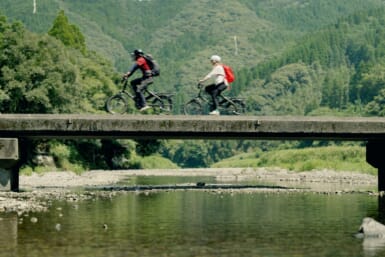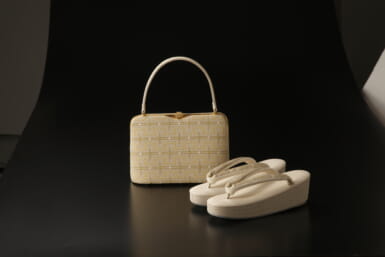Some of the most popular Japanese workbooks for kids are surprisingly centered on poop. The information in these books is all accurate, but these publications — designed to teach writing, math and other subjects — use feces as mascots and base assignments around the theme. The Unko Drill series (unko meaning “poop”) has sold over 10 million copies, and even inspired stool-themed educational materials for adults. That’s just the tip of the poo-berg. The Unko Museum, an interactive art-space with a fecal theme, has locations in eight cities, from Tokyo to Melbourne. It is especially popular with female visitors, thanks to its efforts to make poop “cute, fashionable and fun.” How and why did this happen? Or, in other words, what’s the scoop on Japanese poop? Let’s find out.
Even the Japanese Word for “Poop” is Cute
In Japanese, “poop” is referred to as “unko” or “unchi,” neither are considered dirty words and it’s not unheard of for children to use them in daily conversations. The “un” part in both terms probably comes from an onomatopoeic expression of strain and making an effort, like when having a bowel movement. Onomatopoeia approximate sounds of the real world and may in fact have been the first words spoken by humans. Their natural, less arbitrary feel explains their popularity and frequent use in Japanese. Around the 14th or 15th century, “un” was softened by having “-ko” added to it. Meaning “child” or “small thing,” it’s a popular diminutive suffix that shows endearing familiarity and societal acceptance of the word and, consequently, the thing that it’s describing.
There are more theories about the origins of the “un” core but the addition of “-ko” undoubtedly makes “unko” soft and lovable much like it does for words like nyanko (kitty) or wanko (doggy). Meanwhile, the “-chi” in “unci” could be a cutesy variant of “-ko,” not unlike how the familiar “-chan” suffix evolved from the formal “-san” through baby talk.
Whatever the case, the Japanese language might be one reason poop doesn’t carry the same stigma it does elsewhere. It probably also doesn’t hurt that “un” can be written with the kanji character for “luck.”
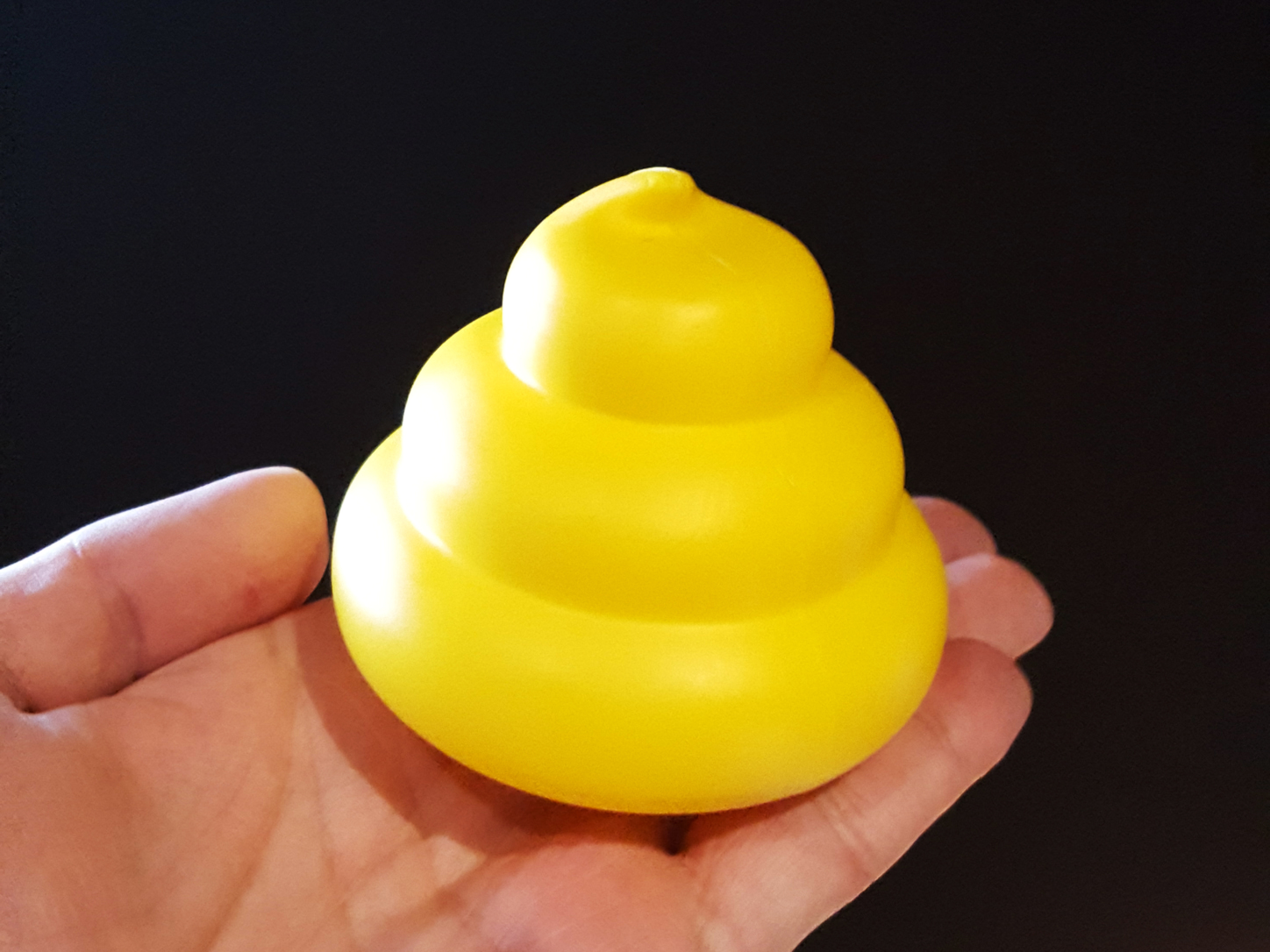
In Japan, Poop is Sacred
Poop also makes frequent appearances in the Kojiki, an 8th-century collection of myths, legends and genealogies making up the oldest literary work in Japan. For example, after the goddess Izanami gave birth to Japanese islands, she bore a god of fire who fatally burned her during childbirth. The pain experienced by Izanami caused her to lose control of her bowels, with her excreta becoming the god Haniyasu-biko. Today, he’s been promoted to the god of earth and clay, though his fecal origin remains part of the story. If even gods poop, and if poop itself can become a god, it’s hard to view it as completely negative, right?
Another myth tells of the powerful god Omono-nushi once fell in love with the beautiful Seyadatara-hime, turned himself into an arrow and “poked her privates” as she relieved herself in a ditch. The arrow then turned into a handsome man and the couple wed. And who says that romance is dead? In Cultural Origins of Japan’s Premodern Night Soil Collection System (published in Worldwide Waste: Journal of Interdisciplinary Studies), Marta E. Szczygiel proposed that legends like that might explain the association between the toilet god Kawaya-gami and fertility. Pregnant Japanese women once offered rice with red beans to the lavatory deity to ensure safe childbirth, and some would even take their newborns to the lavatory for a “privy worship.”
Situated at the crossroads of the divine and adorable (what with babies and all), it’s easy to see why Japan wouldn’t be grossed out by “human clay.” But this story doesn’t end here.
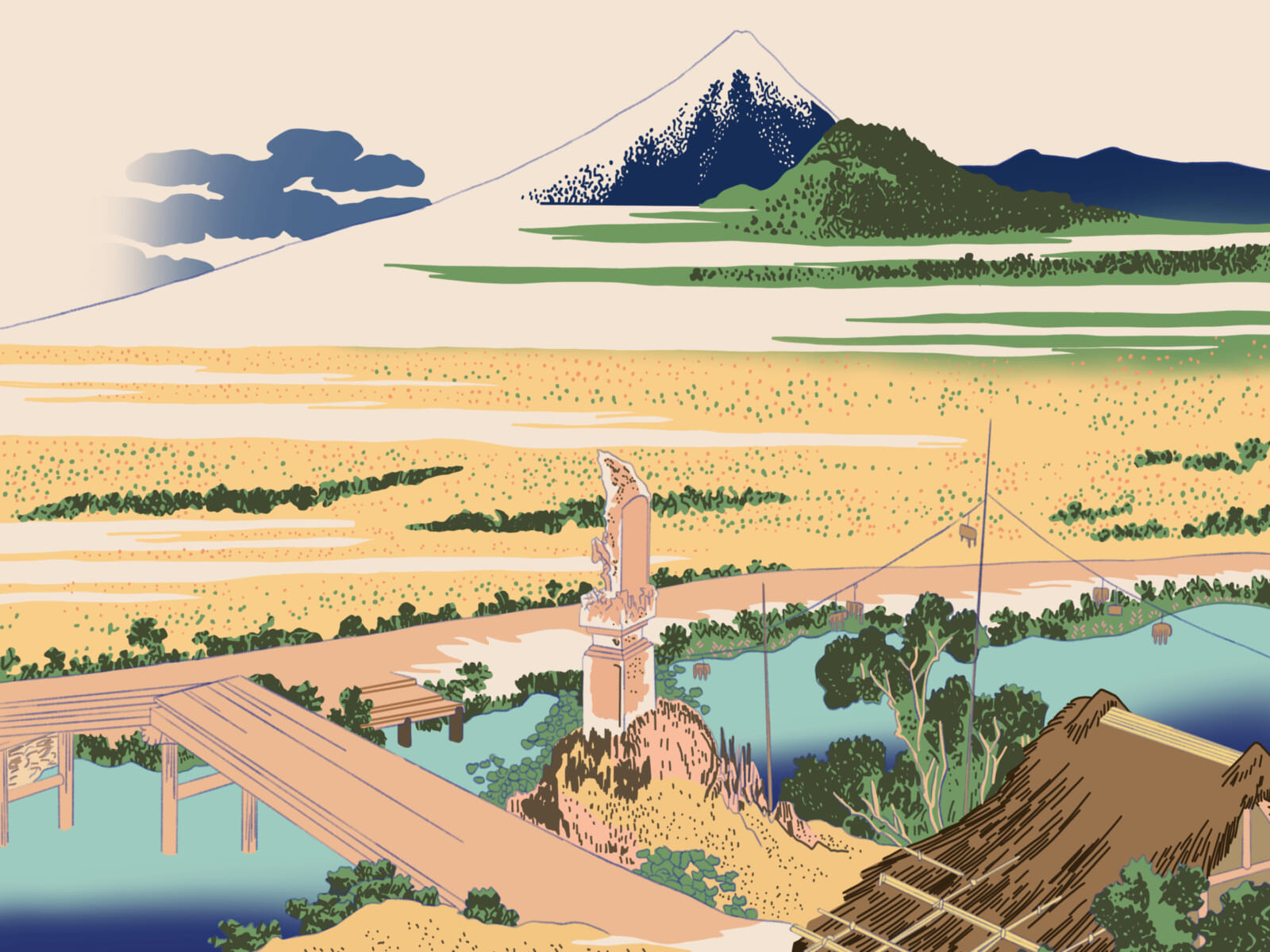
Poop Was BIG Money in Feudal Japan
Before something can become “cute,” it first must be commonplace —During the Edo period (1603 – 1867), poop was everywhere because of how important it’s gotten. With the explosion of the population of Edo (modern-day Tokyo), agriculture had to step up its game to feed over a million people, and the key to that was fertilizer made from “night soil,” aka human poop, due to the relatively low number of manure-producing domestic animals in Edo Japan.
Japan’s night soil trade was lucrative, competitive and a little bit funny by modern standards. There were instances of adulteration (watering down poop to increase its volume), price gouging, and instances of merchants fighting over feces from wealthier neighborhoods, which was priced higher than that of poor people. Landlords in particular became stinking rich thanks to the trade in night soil as, by law, all the feces from their communal toilets belonged to them. According to Marta E. Szczygiel, these landlords could earn “almost twice as much as a normal carpenter annually” from this stinky goldmine.
Unlike shady dealings in back alleys, night soil transactions were conducted openly with people exchanging buckets from their home toilets for money or vegetables. Children saw it all, and, as a result, normalized poop as just another part of life, which is how it made its way to their songs and games, laying the foundation for kawaii unko (cute poop).
For example, in Lone Wolf and Cub — both the manga and its 1972 film adaptation — two children sing a playful rhyme as they bounce a ball: “If you drop a hard turd from atop a tall mountain, it gets covered in sand and rolls and rolls, down and down.” Not a big leap from that to the Unko Museum and its “Crappy Arcade” of poop-themed games.

